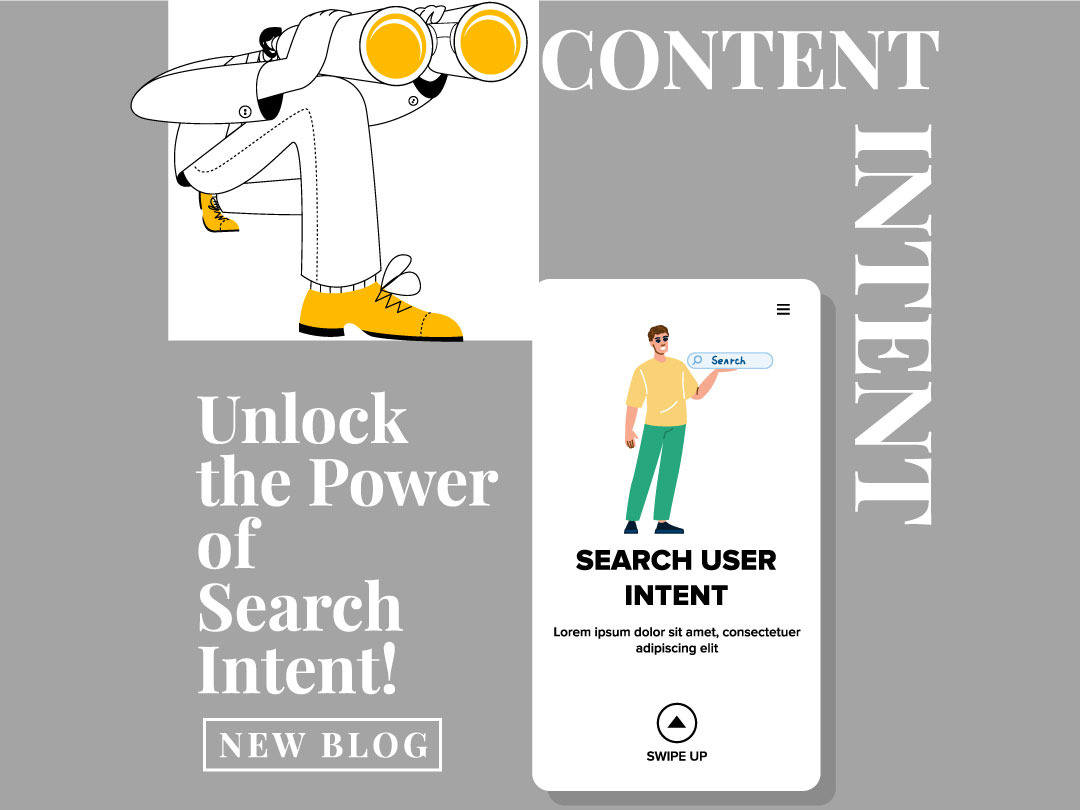What Search Intent in SEO: When users search online, they have a specific goal—this is known as search intent. Understanding search intent is crucial for creating content that meets users’ needs and improves your website’s performance. This post explores search intent, its different types, and why it’s essential for SEO.
What Is Search Intent?
Search intent refers to the underlying purpose behind a user’s search. It helps answer questions such as:
- What is the user trying to achieve?
- What kind of information are they looking for?
- Are they ready to make a purchase, or are they just browsing?
- Do they want to find a specific website?
By understanding search intent, you can tailor your content to meet users’ needs, improving search engine rankings and enhancing user engagement and conversions.
Four Types of Search Intent and Their Characteristics
Search intent is classified into four categories:
- Informational Intent
Users with informational intent seek answers or information on a topic. They may look for how-to guides, definitions, or tips. For instance, queries like “What is SEO?” or “How to bake a cake?” fall into this category. These users are in the early stages of their search and are not yet ready to purchase. - Commercial Intent
When users are considering a purchase but need more information, they exhibit commercial intent. They might search for product reviews, comparisons, or pricing information. Examples include “Best digital cameras” or “Compare iPhone 12 and Samsung Galaxy S21.” These users are closer to making a purchase decision. - Transactional Intent
Users with transactional intent are ready to make a purchase. Their searches are often specific, including brand names or product numbers, such as “Buy Nike Air Jordan 1” or “iPhone 14 Pro Max price.” These users are at the final stage of their buying journey and need a nudge to complete the transaction. - Navigational Intent
Users with navigational intent are looking for a specific website or webpage. They are familiar with the brand and seek quick access, such as “Instagram” or “Starbucks.” This intent indicates that users want to navigate to a site they already know.
Why Understanding Search Intent Is Important
Understanding search intent is essential because search engines like Google prioritize user satisfaction by delivering results that match user queries. Getting search intent right helps improve the user experience, increase conversions, and identify content gaps. Creating content that matches user intent can attract quality traffic and help you stand out among competitors.
How Search Intent Impacts SEO
Search engines evaluate not just the keywords but also the intent behind those keywords. If your content aligns with user intent, search engines like Google will rank it higher. Conversely, if your content is irrelevant or low-quality, search engines will lower its ranking. For example, if users searching for “best pizza in town” are looking for local pizza places, they won’t be satisfied with a recipe page. Google will recognize this mismatch and adjust rankings accordingly.
How to Determine Customer Intent Behind a Keyword
- Google the Keyword
Start by searching the keyword on Google and analyzing the top results. Look at their titles, meta descriptions, and content to understand what information they provide. - Analyze SERP Results
Examine the different types of content on the search results page. Keyword modifiers such as “how to,” “buy,” or “best” provide insights into user intent. - Check the “People Also Ask” Section
This section, located in the middle of search results, offers related queries based on users’ searches, giving additional clues about search intent. - Use Google’s Auto-Complete Feature
Google’s autocomplete shows popular searches related to your keyword, offering further insight into user intent. - Use Keyword Research Tools
Tools like Google Keyword Planner, SEMrush, and Ahrefs provide data on search volume and related terms, helping you understand intent better. - Develop a Content Strategy
Create content that fits your identified search intent. For instance, use comparison reviews for commercial intent keywords and how-to guides for informational queries.
Create Content That Meets Search Intent
To rank well on Google, your content must align with user intent and adapt to changes in search behavior. Regularly updating your content and SEO strategy is vital to staying relevant. If you need help creating content that meets search intent, Great Impression specializes in crafting high-quality content that resonates with users and meets SEO standards.
Contact us today for expert content that boosts your online presence and engages your audience.





